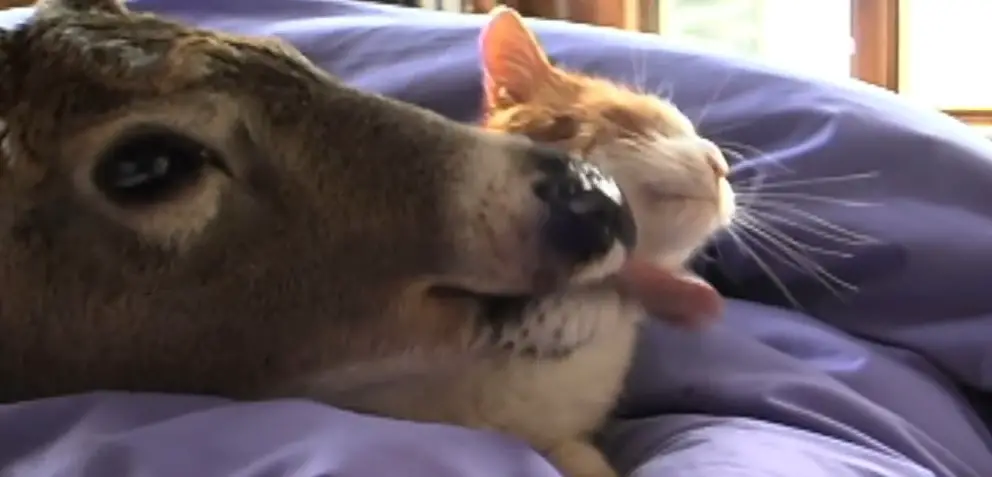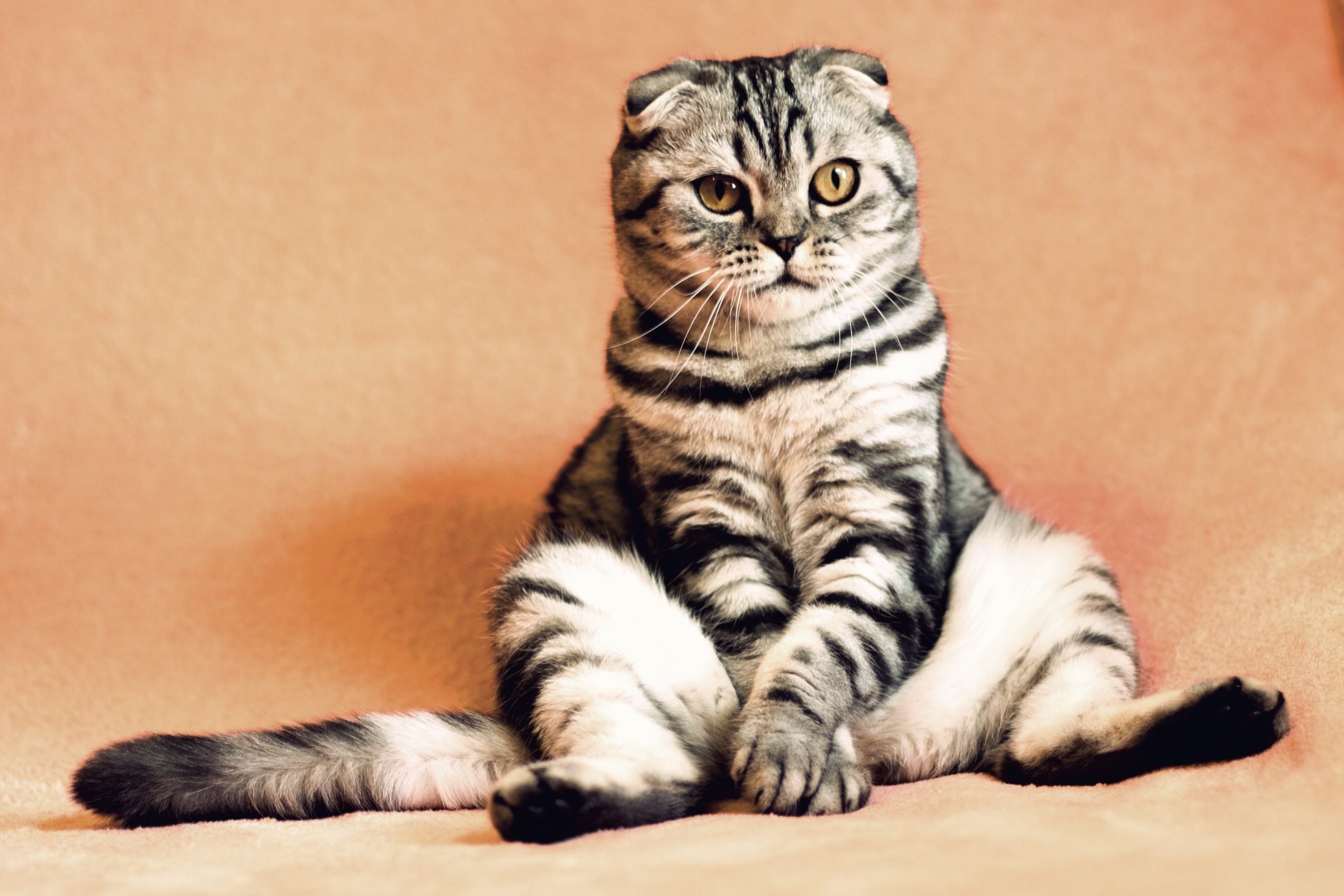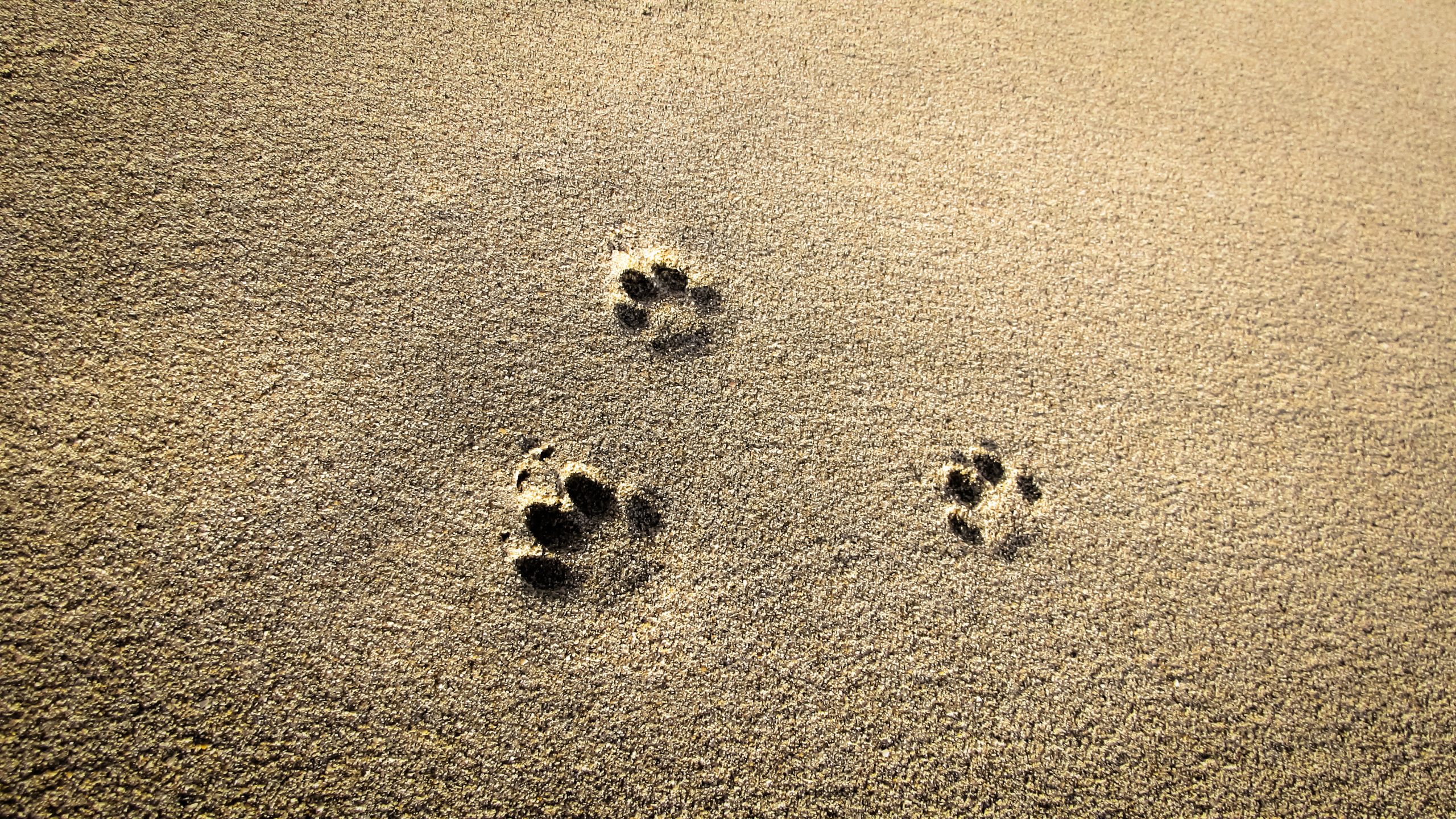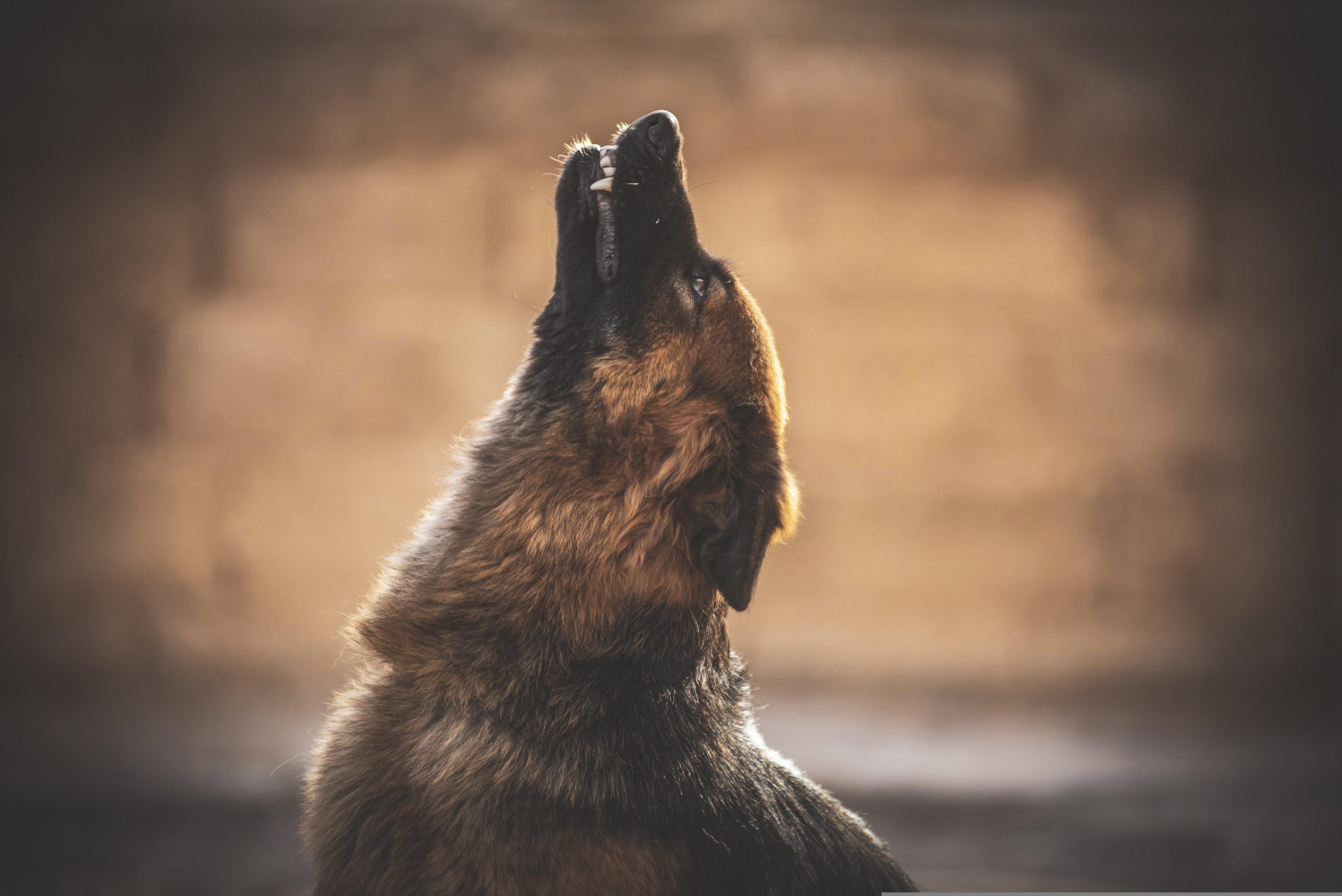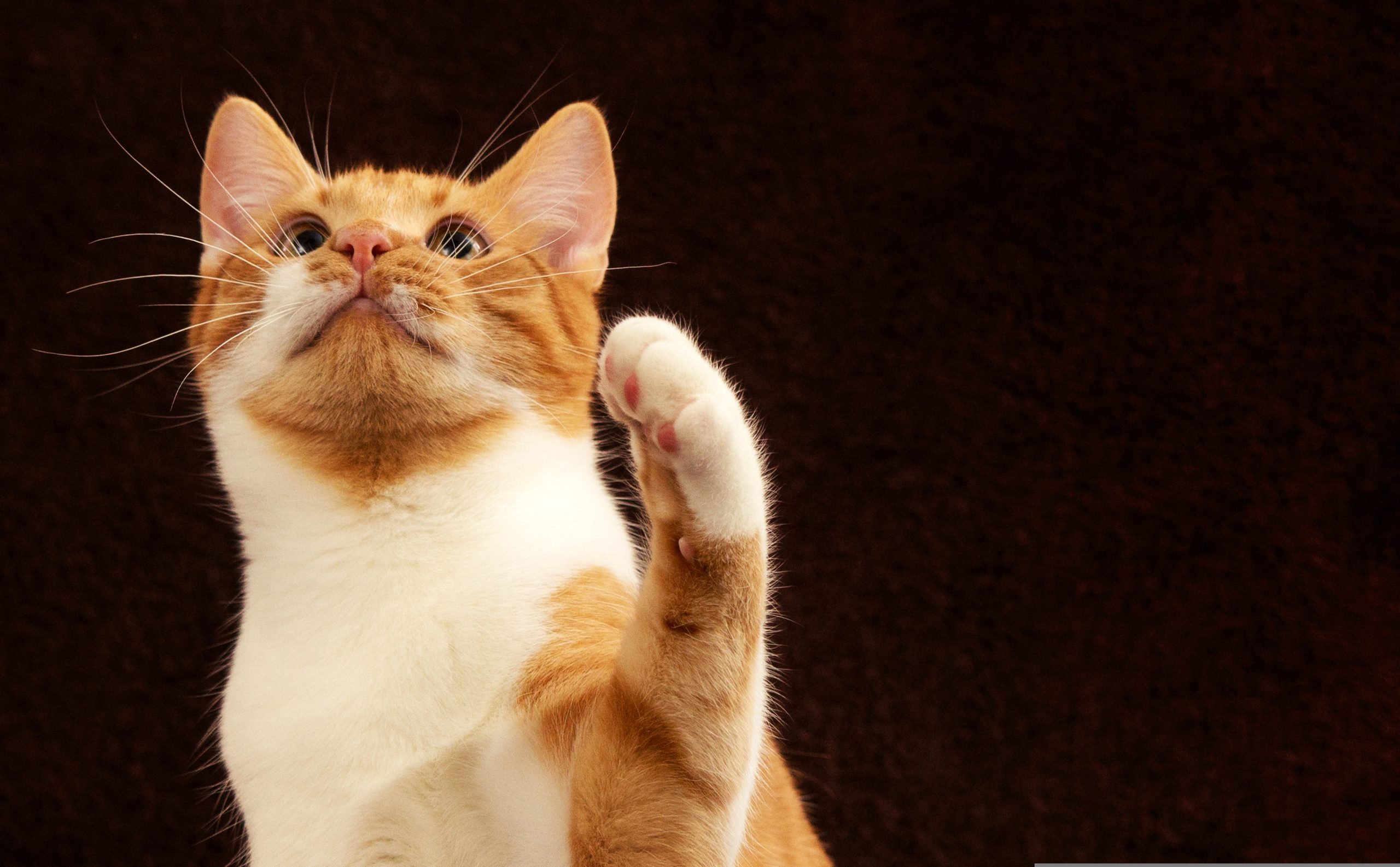They are a defining characteristic of cats, a precious “accessory,” and a crucial “organ.” It is, of course, about the mustache! We reveal to you what the cat’s whiskers are actually for, why it is important to take care of them, and what to do when the whiskers do get damaged.
Just a decoration or something more?
All illustrations of cats that we can find, the older the more recent, present this animal with whiskers as a striking physical feature. When we think about it; have we ever seen a cat without whiskers?
If we are talking about the mustache itself, we are talking about hairs that are stronger and tougher than other body hairs. They are so stiff that they “stick out” in the air and are immediately noticeable at first glance. Although the name “whiskers” implies that something is on the face, cat whiskers are also found in other places:
– Above the eyes,
– On the double chin,
– On the back of the front legs.
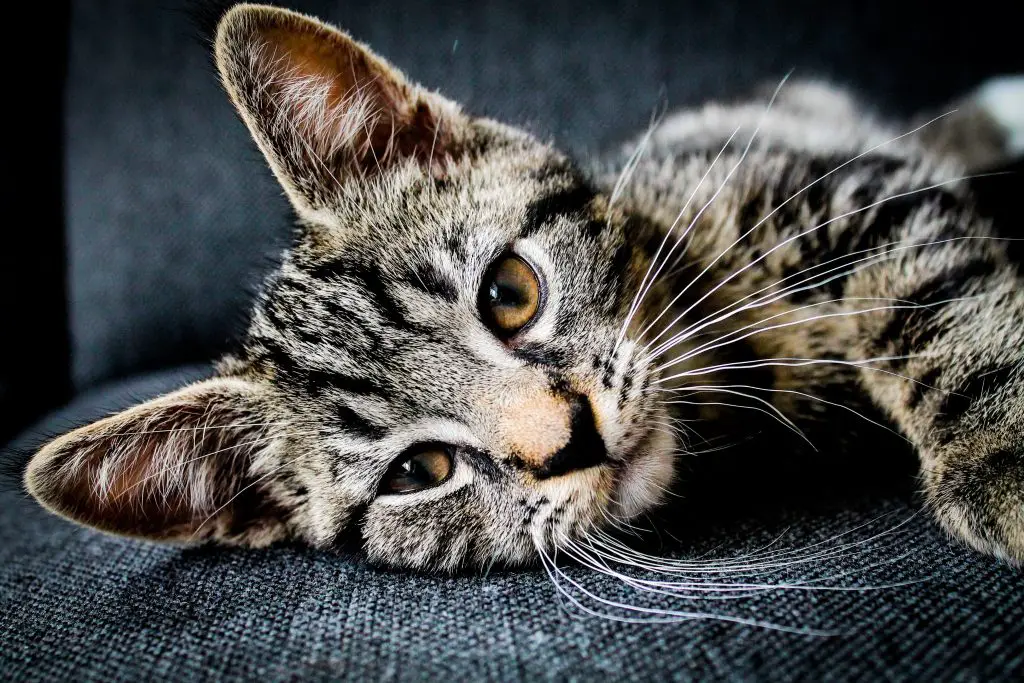
Wherever they are, whiskers are embedded in the skin deeper than other hairs, not in places where there are a large number of nerve endings, which contribute to the sensitivity of these hairs. That is why they are also called “tactile hairs” (in Latin: (vibrissae)
As for the “real” cat’s whiskers, the ones on the cheeks, there are an average of 12 on each side (24 in total), arranged in 4 horizontal rows.
Cats wear their “accessories” proudly and do not sand them during their regular hygiene. Over time, whiskers have become a symbol of the feline world, and we can’t help but wonder if they have any purpose other than an aesthetic one.
When you do a little research on this topic, you may be surprised by the real role that a cat’s whiskers play and how important they are to the pet. They represent an “organ” in a way. What is it about and what function do mustaches have? We answer in the next section.
What are the cat’s whiskers for?
Owners of these playful animals usually know that whiskers help the cat feel the position of its body in space. For example, they send “signals” when the cat passes through a passage or space and tell it how wide it is. Providing this kind of information is one of the features of cat whiskers.
However, mustaches are much more than that. Given that cats are good hunters, if they do it at night, all the benefits of whiskers come to the fore. It can be said that they serve as a GPS for cats – a guidance system for hunting in the dark. It has been proven that cats whose whiskers are in good condition hunt just as well at night as they do during the day.
The cat’s whiskers recognize the vibrations of nearby objects or organisms and help in assessing where the cat should bite and thus incapacitate the prey. Also, whiskers are very important for blind and partially sighted cats because they help them navigate in space.
What if the mustache gets damaged?
Due to their stronger structure, cat whiskers do not shed and shed as often. However, it does happen eventually so don’t be surprised if you still find these hairs shed.
Problems can arise if the whiskers are damaged because this can cause reduced sensitivity of the cat to the environment and therefore weaker opportunities for hunting and navigating in space. Damage most often occurs when curious cats get too close to the heat source and “dirty” their whiskers. That mustache will eventually be replaced by a new one, so don’t worry!


